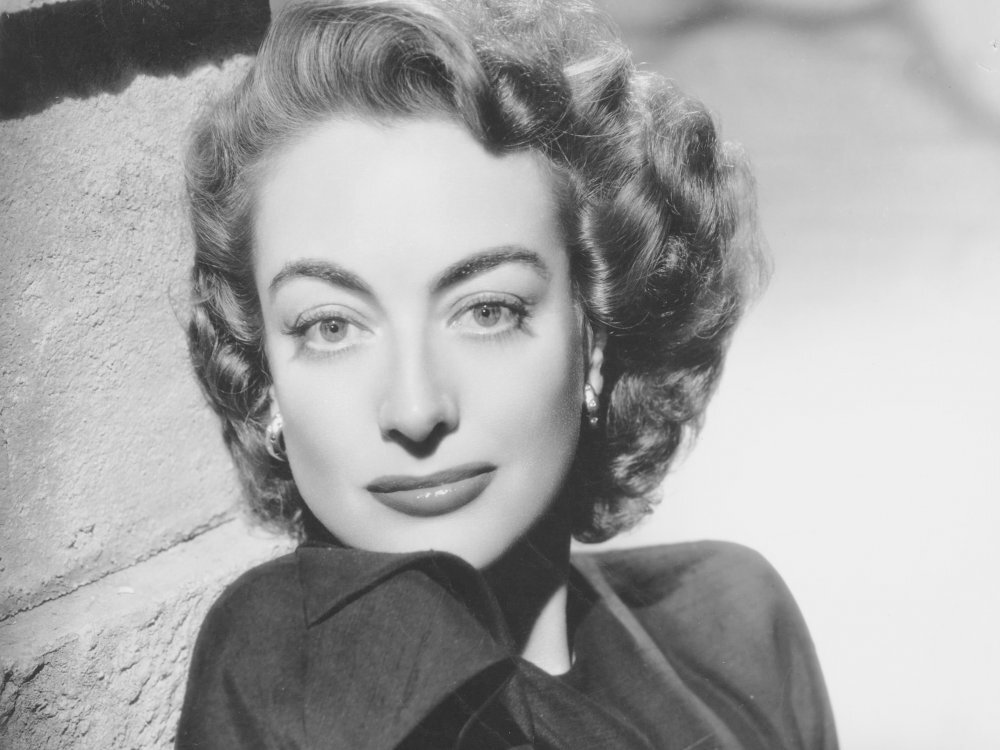Joan Crawford's career spanned the entirety of the classical Hollywood era, and her star image was completely tied into the ebbs and flows of the studio system. Tracing her silent-era embodiment of the flapper; her marriages (and affair with Clark Gable); her mid-career resurgence with Mildred Pierce; Whatever Happened to Baby Jane? and finally Mommie Dearest, these six stories explain why Crawford was quintessential female star of the 20th century.
Episodes:
LUCILLE LESUEUR GOES TO HOLLYWOOD AND DOUGLAS FAIRBANKS: In order to understand Joan Crawford’s rise to fame, we have to talk about what Joan -- born Lucille LeSueur, and called “Billie Cassin” for much of her childhood -- was like before she got to Hollywood, and what Hollywood was like before she got there. To accomplish the latter, we’ll focus on Douglas Fairbanks: top action star of the silent era, the definition of Hollywood royalty, and the father of Crawford’s first husband. Listen
THE FLAPPER AND DOUGLAS FAIRBANKS JR: Joan Crawford’s early years in Hollywood were like -- well, like a pre-code Joan Crawford movie: a highly ambitious beauty of low birth does what she has to do (whatever she has to do) to transform herself into a well-respected glamour gal at the top of the food chain. Her romance with Douglas Fairbanks Jr -- the scion of the actor/producer who had been considered the King of Hollywood since the early days of the feature film -- began almost simultaneous to Crawford’s breakout hit, Our Dancing Daughters. But the gum-snapping dame with the bad reputation would soon rise far above her well-born husband, cranking out a string of indelible performances in pre-code talkies before hitting an early career peak in the Best Picture-winning Grand Hotel. Listen
CLARK GABLE, FRANCHOT TONE AND BARBARA PAYTON: By the mid-1930s, Joan Crawford was very, very famous, and negotiating both an affair to Clark Gable (her most frequent co-star and the only male star of her stature) and a new marriage to Franchot Tone, who, like Joan’s first husband, was an actor who was not quite on her level of stardom. Crawford’s marriage to Tone would span the back half of the decade, as Crawford’s stardom peaked, and then began its first decline. Today we’ll talk about that, and then we’ll tell a story about what happened to Franchot Tone after Joan Crawford — particularly, the strange love triangle he entered into in the 1950s, with a gorgeous but self-destructive starlet Barbara Payton at its center. Listen
THE MIDDLE YEARS (MILDRED PIERCE TO JOHNNY GUITAR): Joan Crawford struggled through what she called her “middle years,” the period during her 40s before she remade herself from aging, slumping MGM deadweight into a fleet, journeywoman powerhouse who starred in some of the most interesting films about adult womanhood of the 1940s and 1950s. That revival began with Mildred Pierce (for which Crawford won her only Oscar), and included a number of films, such as Daisy Kenyon and Johnny Guitar, directed by men who would later be upheld as auteurs, subversively making personal art within the commercial industry of Hollywood. Listen
THE STRANGE LOVE OF BARBARA STANWYCK: ROBERT TAYLOR: Barbara Stanwyck’s first marriage helped to inspire A Star is Born. Her second marriage, to heartthrob Robert Taylor, didn’t make sense in a lot of ways, but the pair were united by their conservative politics. Both joined the blacklist-stoking Motion Picture Alliance for the Preservation of American Ideals, but only Taylor testified before HUAC. Called to shamed MGM for forcing him to star in wartime pro-Soviet film Song of Russia, Taylor would become the only major star to name names. Today we’ll talk about Taylor and Stanwyck’s relationship, and the difference between her groundbreaking career as the rare actress who refused to sign long term studio contracts, and his much more conventional experience as MGM chattel. Listen
BETTE DAVIS AND WHATEVER HAPPENED TO BABY JANE?: Robert Aldrich’s What Ever Happened to Baby Jane? has done more to define later generation’s ideas about who Crawford was than perhaps any other movie that she was actually in. Unfortunately, most of those ideas center around Crawford’s supposed feud with co-star Bette Davis, which began as a marketing ploy and turned into something quasi-real -- or, at least as real as certain celebrity “feuds” of today. Listen
MOMMIE DEAREST: The year after Joan Crawford died, her estranged, adopted daughter Christina published a tell-all, accusing her late mother of having been an abusive monster when the cameras weren’t around. Three years later, Mommie Dearest became a movie, starring the only actress of the “new Hollywood” who Joan herself had commended, Faye Dunaway. The disastrous production of that film revealed how much had changed in Hollywood since Joan’s heyday, and the finished film did much to mutate Joan’s persona in the minds of future generations. Listen



